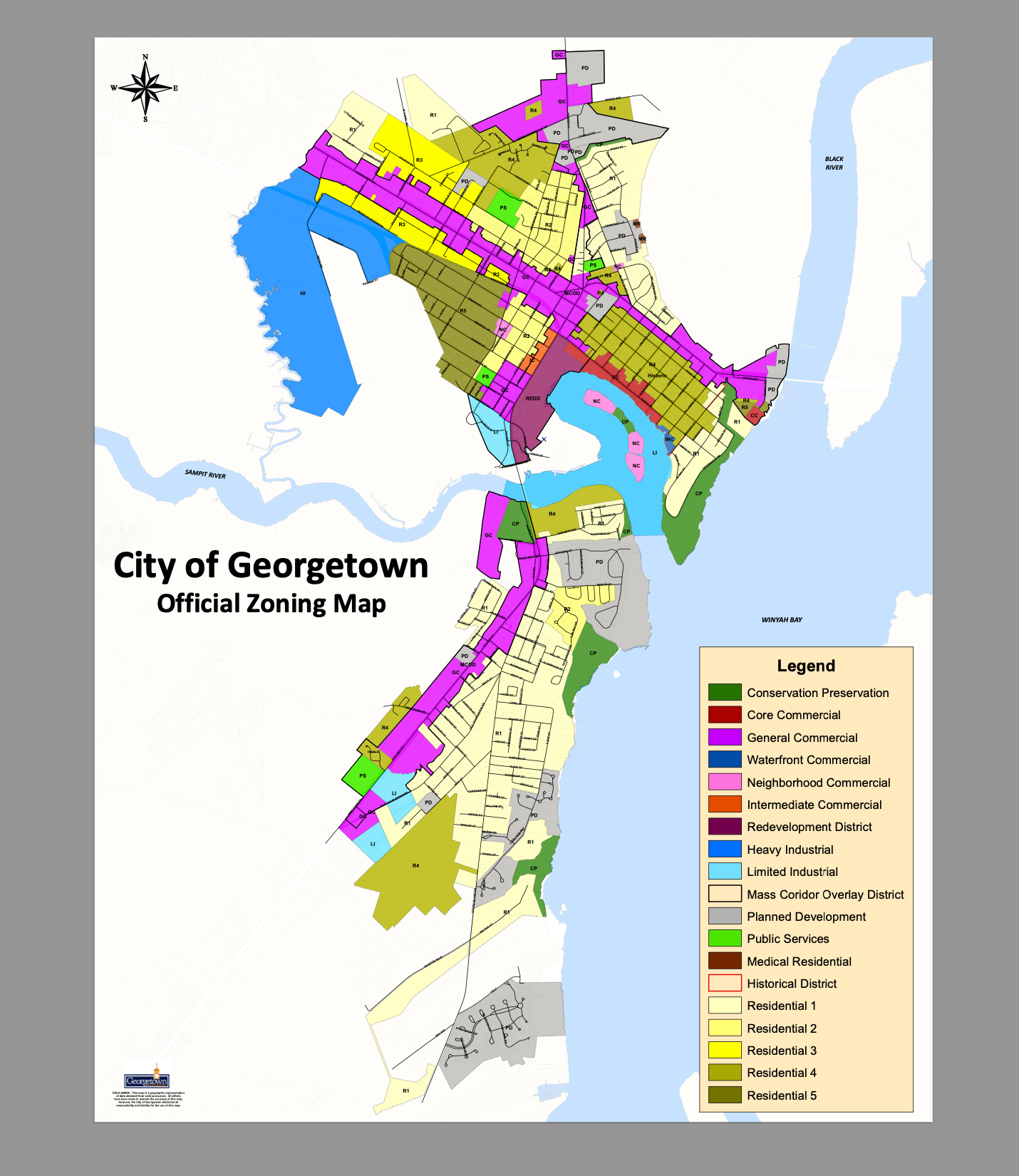How Tom Yawkey shaped the history of North Island, South Island, and Cat Island in Georgetown, South Carolina
The Tom Yawkey Wildlife Center was willed to the South Carolina Wildlife and Marine Resources Department in 1976 by the late Tom Yawkey, and is considered one of the most outstanding gifts to wildlife conservation in North America. North, South, and Cat Islands have witnessed a rich and varied history, from Native American presence to European colonization, the height of the rice economy, the turmoil of the Civil War, and finally, a dedicated effort to preserve their unique ecosystems and wildlife.
The Yawkey Foundation, in partnership with the Tom Yawkey Wildlife Center and the Nature Conservancy of South Carolina, placed all outstanding tracts of land on Cat, South, and North Islands under conservation easement. This nearly 100-year effort by Tom Yawkey now encompasses more than 24,000 acres dedicated as a wildlife preserve, research area, and waterfowl refuge. Cat Island is home to the Tom Yawkey Wildlife Center, offering birding, guided nature tours, and educational field trips in this pristine environment.
A closer look
The history of North Island, South Island, and Cat Island, located at the mouth of Winyah Bay in Georgetown, South Carolina, is intertwined with the larger history of the region, encompassing early Native American habitation, European exploration and colonization, the era of rice plantations and slavery, the Civil War, and eventually, the transition to conservation efforts.
North Island
The islands were originally inhabited by various Native American tribes, including the Winyah, Pee Dee, Waccamaw and Santee. Spanish explorer Lucas Vazquez de Ayllón visited the islands in 1526, and the Spanish attempted to establish a colony, San Miguel de Gualdape.
In 1777, the Marquis de Lafayette landed on North Island before joining the American Revolution.
In the years leading up to the Civil War, North Island became a popular summer resort for aristocratic rice planters from Georgetown and Waccamaw Neck seeking respite from the mainland’s heat and mosquitoes. A lighthouse built in 1812 guided thousands of ships past the massive stone jetties into Georgetown’s port.
During the Civil War, North Island was fortified to defend Winyah Bay from the Union blockade. After the war, the island transitioned from a resort to a protected wilderness area.
Today, North Island is part of the Tom Yawkey Wildlife Center and serves as a sanctuary and laboratory for studying the effects of nature on this unique barrier island.
South Island
South Island, also known as Mosquito Island and Ford’s Island in its early history, was finally named South Island around 1780 due to its location relative to North Island. While not as heavily developed for rice plantations as some other areas, it was home to Ford’s Point Plantation, which was active in rice production for a century.
In the early 1900s, South Island came under the ownership of Bill Yawkey and was later inherited by his nephew, Tom Yawkey, the long-time owner of the Boston Red Sox.
Upon Tom Yawkey’s death in 1976, he bequeathed the island, along with North Island and part of Cat Island, to the state for use as the Tom Yawkey Wildlife Center Heritage Preserve.
Cat Island
Cat Island’s marshes, further up the Santee River, were more extensively managed for rice cultivation. Notably, plantations on Cat Island included Hume’s, Daisy Bank, Belle Isle, White Marsh, and Cat Island plantations. The Belle Isle rice mill chimney, built in the early 1800s, is one of the few remaining examples of the rice milling industry in Georgetown County.
In the early 20th century, Cat Island also saw the development of a sawmill and docks by the South Atlantic Coast Lumber Company.
Like North and South Islands, Cat Island was fortified during the Civil War, and the earthen fort on Cat Island is the only remaining fortification of the three today.
_____________
If you want to know even more:
Historian Jim Lee, Education and Outreach Coordinator of the Tom Yawkey Wildlife Center, discusses the Yawkey legacy. This lecture is part of the “Tuesdays With…” series brought to you by the Friends of the Georgetown Library.




